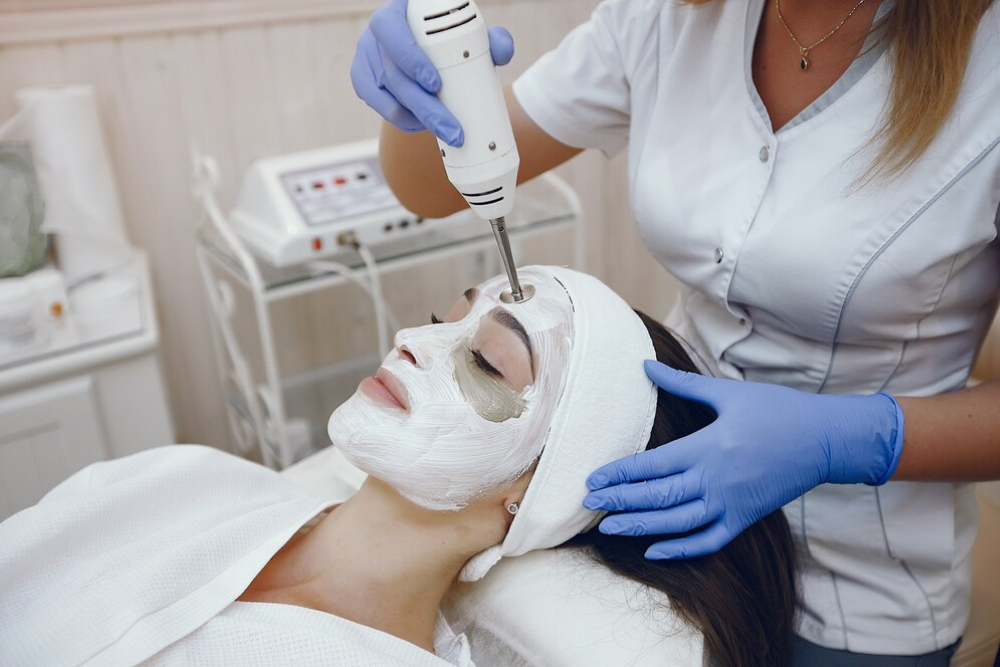
Medical cosmetology is a rapidly evolving field that blends the art of beauty with the precision of medical science. It encompasses a wide range of treatments and procedures designed to improve and enhance the appearance of the skin, hair, and body. Understanding the science behind these treatments is crucial for aspiring cosmetologists and professionals in the field. This article delves into the scientific principles that underpin medical cosmetology, providing valuable insights for students and professionals.
Understanding Skin Physiology
1. Skin Structure and Function
The skin is the largest organ of the human body, comprising three main layers: the epidermis, dermis, and hypodermis. Each layer has distinct functions:
2. Cellular Turnover and Regeneration
The skin undergoes continuous renewal through a process called cellular turnover. Keratinocytes in the epidermis are produced in the basal layer and move upward, eventually shedding as dead skin cells. This cycle typically takes about 28 days but can slow down with age or certain skin conditions.
3. Collagen and Elastin
Collagen and elastin are vital proteins in the dermis that maintain skin’s firmness and elasticity. Collagen provides structural support, while elastin allows the skin to return to its original shape after stretching or contracting. Aging, sun exposure, and lifestyle factors can degrade these proteins, leading to wrinkles and sagging skin.
The Science Behind Popular Treatments
1. Chemical Peels
Chemical peels use acid solutions (such as alpha-hydroxy acids or trichloroacetic acid) to exfoliate the outer layers of skin. This controlled injury stimulates the body’s natural healing process, promoting the growth of new, healthier skin.
2. Laser Treatments
Laser technology is used for a variety of cosmetic procedures, including hair removal, skin resurfacing, and pigmentation correction.
Ablative Lasers: Remove the outer layers of skin, promoting collagen production and new skin growth.
Non-ablative Lasers: Stimulate collagen production without removing skin layers, suitable for treating fine lines and pigmentation.
Fractional Lasers: Target microscopic skin areas, combining the benefits of ablative and non-ablative lasers with minimal downtime.
3. Injectable: Botox and Dermal Fillers
Botox: Derived from botulinum toxin, Botox temporarily paralyzes muscles, reducing the appearance of dynamic wrinkles (caused by muscle movements).
Dermal Fillers: Substances like hyaluronic acid are injected to add volume and smooth out static wrinkles (caused by loss of elasticity and volume).
4. Microneedling
Microneedling involves using fine needles to create tiny punctures in the skin, triggering the body’s wound-healing response.
5. Radiofrequency (RF) Treatments
RF treatments use electromagnetic waves to heat the deeper layers of the skin, stimulating collagen production and tightening tissues. This non-invasive procedure can improve skin laxity and texture, offering a rejuvenated appearance with minimal downtime.
The Role of Research and Clinical Trials
1. Evidence-Based Practice
Medical cosmetology relies heavily on research and clinical trials to validate the safety and efficacy of treatments. Evidence-based practice ensures that procedures are scientifically proven and that patients receive the best possible care.
2. Innovations and Technological Advancements
Continuous research leads to innovations and technological advancements in medical cosmetology. New devices, formulations, and techniques are constantly being developed to improve treatment outcomes and patient satisfaction. Staying updated with the latest research is essential for professionals in this field.
3. Safety and Ethical Considerations
Ethical practice and patient safety are paramount in medical cosmetology. Practitioners must adhere to strict guidelines and protocols to prevent complications and ensure patient well-being. Informed consent, patient education, and post-treatment care are integral to maintaining high standards.
Education and Training in Medical Cosmetology
1. Comprehensive Curriculum
A thorough education in medical cosmetology covers the science of skin physiology, treatment mechanisms, patient assessment, and hands-on training. Students learn to perform procedures safely and effectively, understanding the underlying principles and potential complications.
2. Hands-On Training and Clinical Experience
Practical experience is crucial for mastering medical cosmetology techniques. Students should gain hands-on training under the supervision of experienced professionals, developing their skills and confidence in real-world settings.
3. Continuing Education and Specialization
The field of medical cosmetology is ever-evolving, and continuing education is essential for staying current with new developments. Specializing in specific treatments or technologies can enhance a practitioner’s expertise and career prospects.
Summary
The science behind medical cosmetology is complex and fascinating, combining knowledge of skin physiology, advanced technologies, and innovative treatments. For students and aspiring professionals, understanding these scientific principles is crucial for delivering safe and effective cosmetic treatments.
IICAD Academy, located in Bangalore, is renowned as the best cosmetology institute in Bangalore. offering cutting-edge programs in aesthetic cosmetology. Aspiring professionals gain comprehensive education and hands-on experience, mastering scientific principles to excel in this dynamic field and deliver optimal results to their clients.




